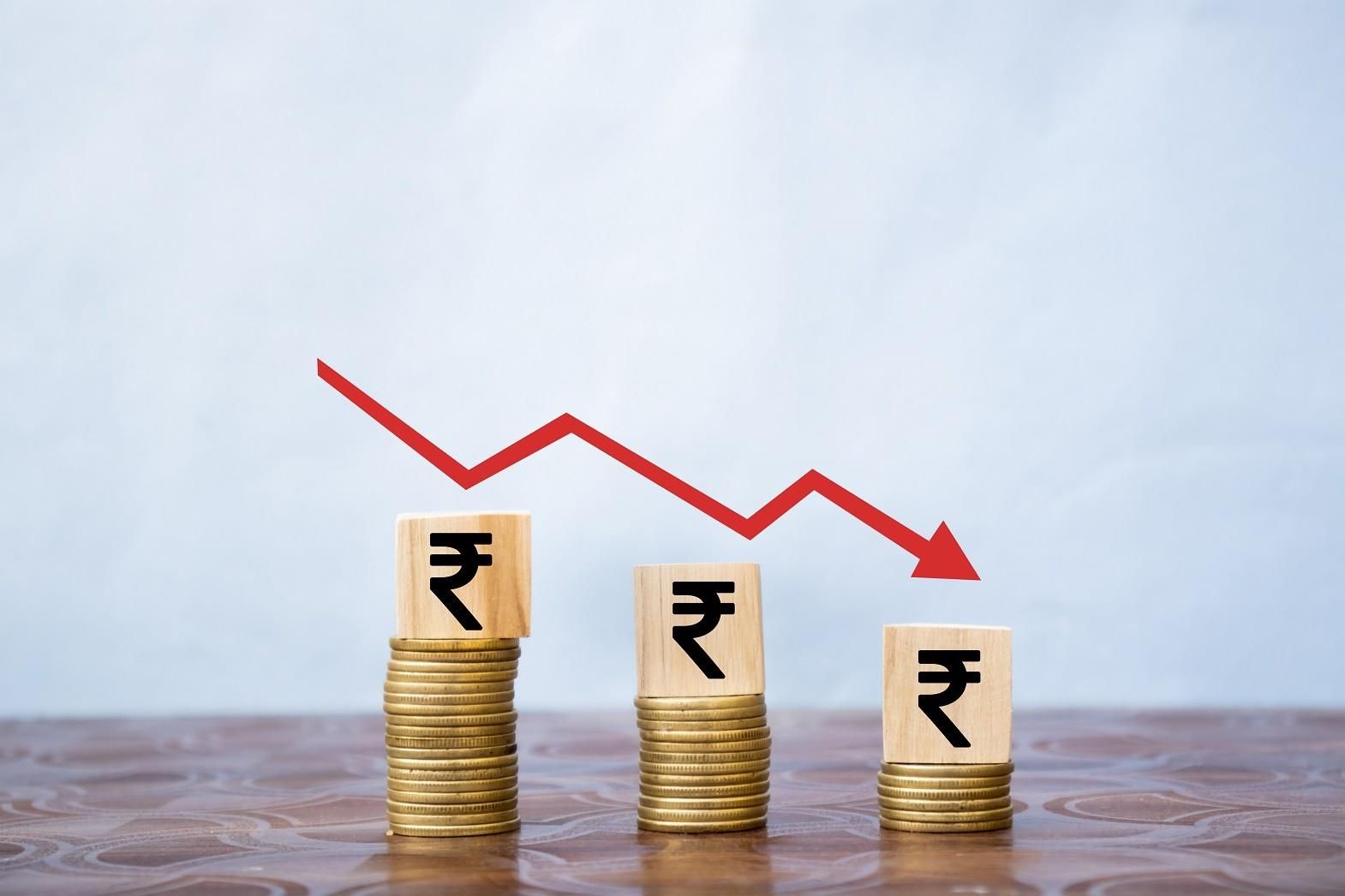A sharp depreciation in the currency, falling growth and rising inflation are just some signals towards such a scenario, and to blame it like every other piece of internal economic travesty on some distant western country is an attempt to run away from reality.
The Indian rupee has been among the three worst-performing currencies vis-a-vis the dollar in the past one year. That is, indeed, quite an achievement considering that all our south Asian neighbours have done better than us.
The recent moves by the Reserve Bank of India (RBI), including asking exporters to convert 50% of their dollar holdings into the rupee, would do little in arresting this slide till the fundamental reason behind this fall is not addressed.
In fact, this move by the RBI reminds us of an adage, desperate times call for desperate measures, and the fear is that more such capital intrusions can come into play in the future should this slide in the rupee continue. While there can be several factors that can influence the short-to-medium term movement of a currency, on a secular basis, the price of a currency is pretty much dependent on the forces of supply and demand.
So, in essence, the increase in the amount of credit net of the actual growth - of real goods and services - is what determines the relative value of the currencies in the end.
A brief glance at net credit growth - credit growth net of GDP growth - of India and US shows that the net credit growth in India has been almost consistently higher (by a wide margin) than that of US except for a five-year interlude during 2003-07. This fact, as one can see, clearly superimposes itself on the direction of the Indian rupee that depreciates remarkably over this period except for that five-year hiatus.
So, clearly, if the lower labour productivity argument does not hold much water, then what could be the reason for this abysmally-low GDP/credit ratio for Indian economy and consequently the state of our currency?
The answer can be seen in the accompanying graph. As one can see, the prime reason for this state of the Indian economy has been the extreme government activism and control. This is reflected in the ratio of the annual government credit to the private sector credit off take.
It was only when the government reigned in its penchant of spending taxpayer
money that the Indian economy saw its most meteoric rise. Certainly, the easy
global credit conditions did help, but this was the case even in the 1990s when
the Indian economy lagged compared to its other Asian and South American peers.
Since the beginning of 2008, the government's plunder of taxpayer money is back
with a vengeance, with the government credit off take over the private sector
credit off take rising rapidly. This has ensured again that the country's
productivity goes lower, thus lowering the supply of real goods and causing the
inflation to shoot up. In fact, these redistributionist policies of the
government are the single-biggest factor for the debauchery of our currency.
The currency of a country is like a stock that people own but unlike stocks
that is owned by a few, the currency is the asset held by every citizen. In
fact, the poorer a citizen, chances are more of her wealth stored in the form
of currency. A depreciating rupee robs her of her hard-earned wealth and
transfers it to people holding other assets or foreign currencies. This would
counteract any of the government's intentions to help her out of her pecuniary
situation.
While we all want poverty in this country to reduce substantially, however, as
the last 40 years since Independence have shown, this cannot be achieved by the
government playing Robin Hood but by ensuring rule of law, reduced corruption
and legal and financial reforms. All of these are certainly difficult to
achieve and may not yield quick electoral dividend and, so, are unlikely to
materialise in the near future.
While these policies of redistribution may have helped the incumbent in the
last election, if the current fall in the rupee is an indication, the
government may soon run out of resources to repeat the redistributionist
bonanza spree, unlike last time, and then may end up facing the wrath of the
electorate.
This article was originally published in The Economic Times dated 23rd June, 2012, written by Himanshu Jain. He is an independent financial consultant.







Comments